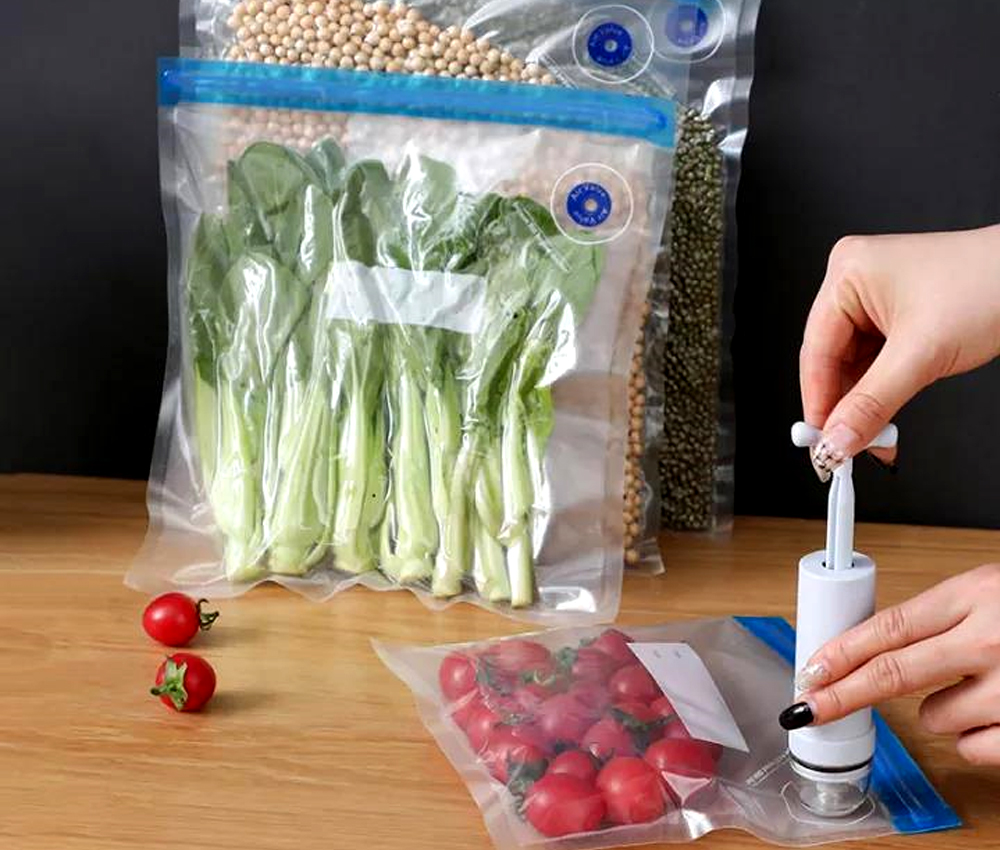 Tel: +86 188 2689 9458
Tel: +86 188 2689 9458
 Tel: +86 188 2689 9458
Tel: +86 188 2689 9458
source:other news release time:2022-12-02 Hits:

The traditional packaging tightness testing is usually destructive manual testing methods, such as electrolysis test, dye penetration test and bubble test. The main disadvantage of destructive testing is that it is unable to detect every packaged product, and it takes time and labor to detect.
1. Test method for rigid sealed packaging
The traditional methods for testing the tightness of rigid containers mainly include visual inspection, talcum powder method and sealing performance monitoring method. These three methods have applicability and obvious defects. Visual inspection is simple and convenient, but only applicable to obvious opening. The inspection of talcum powder is greatly affected by packaging shape and human factors, and its reliability is not high. Although the reliability of the detector is high, the sealed package is also damaged during the detection. There are many working links from drilling to resealing, which is not conducive to work. For packages with good sealing test results, the test process will produce many side effects.
2. Dyeing method
This method is usually applicable to the detection of composite bags with very little air content. The method is to take out the contents of the sample, wipe the inside of the sample, pour the test liquid (colored water solution with obvious color difference with the filter paper) into the sample, and seal the mouth. Place the sample on the filter paper for more than 5 minutes, and observe the leakage of test liquid from the sample. Then turn the sample over and test the other side.
It can be seen from this that the dyeing method can only detect whether there is leakage at the side of the flexible packaging. Since the original seal has been damaged, it is impossible to judge whether there is leakage at the original seal.
3. Bubble method
Bubble method is also called vacuum method or water decompression method. This method is usually applicable to the detection of composite bags with high air content. The specific methods can be divided into the following two: vacuum pump method and vacuum generator method. Because the vacuum formed by vacuum pump method is pulsating airflow, the vacuum of packaging and printing is unstable; Long vacuum forming time; The vacuum is difficult to maintain and the sealing performance is poor; Pointer pressure display, low accuracy. Therefore, it has been phased out.
The vacuum generator method is usually applicable to the detection of composite bags with high air content. Bubble method is to soak the tested sample in a liquid at a certain temperature, and observe whether there are bubbles on the surface of the sample in the immersion solution with a low power microscope or naked eye. The soaking solution is generally a liquid with stable performance and no damage to the product. The temperature used should be controlled within the tolerance range of the sample, otherwise it will lead to wrong detection. Sometimes, in order to improve the detection effect, the immersion solution is usually pressurized or decompressed.
Read recommendations:
Eco Friendly Plastic Mylar Pouch Stand Up 50ml 100ml 200ml 250ml Custom Aluminum Spout Pouch
eco friendly spout pouches custom
What are the aspects of food packaging?reusable Snack food bag Manufacturing
Popular recommendation
Hot Sale BPA Free Plastic Drink Juice Fruit Liquid Packaging Stand Up Bag Spout Pouch
China Factory Baby Complementary Food Spout Pouch Baby Food Fruit Puree Bag With Spout Packaging Bag
Laminated Aluminum Foil Zip Lock Bag Stand Up Pouch /Matt White Foil Pouch /Zip Lock Coffee Bag
new super pouch wholesaler
zip lock bag for coffee Processing
pouch with handle custom
bag in box custom
recyclable spout pouches wholesaler
stand up spout pouch Solution
flexible packaging houston maker
digital printing flexible packaging
Why are water packaging bags not suitable for long-term storage?liquid spout bag
Vacuum packaging bag.food vacuum bag
About the thickness of vacuum packaging bag
What are the composition of plastic bags?coffee packaging plastic bag wholesale
Coffee Pouch: Ultimate Guide
The mobile BIB (Bag-in-Box) packaging solution
Top-line packaging as a professional Bag-In-Box manufacturer, committed to producing high-quality pa
Packaging bag printing type.recyclable spout pouches supplier
A detailed introduction to food packaging bags
aluminum foil bags for grilling manufacturer.Moisture and anti-static aluminum foil packaging bags h
The material characteristics of the food packaging bag you don't know.pint zipper vacuum bag price
What is more suitable for nut packaging bags?
Analyze the design requirements for food packaging bags
Why is it easy to change the gas content in inflatable packaging of nut products?
Summarize the application knowledge of plastic packaging bags.smart food Snack food bag company
Introduction and classification of composite packaging bags
How to classify and differentiate composite food bags.aluminum foil bags for grilling Production
The manufacturer distinguishes between high-temperature vacuum bags and frozen vacuum bags for you.v
Requirements and standards for medical packaging bags